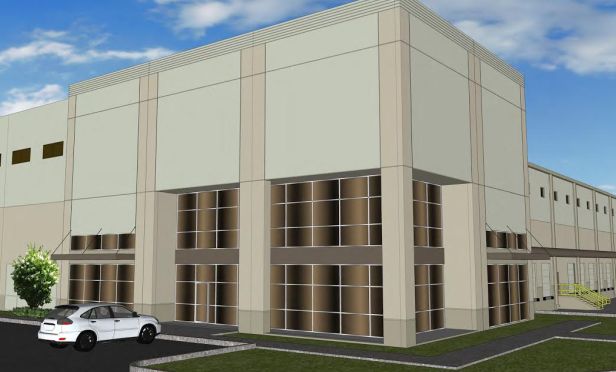MIAMI—The industrial market in Orlando has been growing increasingly tight over the course of 2017, fueled in large part by a red-hot logistics industry and continued e-commerce demand. That's according to Avison Young's latest market report.
Online retailers, most notably Amazon, are driving up both demand for space and asking rents for warehouse space across the nation. The emerging logistics hub of Central Florida is no exception.
“Orlando's industrial market has grown by roughly 8 million square feet since the end of 2015 alone, with the majority of that growth in the high-demand Airport-Southeast submarket,” Lisa Bailey, principal of Avison Young, tells GlobeSt.com. “While there is certainly a strong appetite for large new distribution developments, there is also considerable demand for smaller industrial spaces that remain in short supply. Rental rates within those smaller spaces are steadily rising, up $1 per square foot or more over the past year alone within 2,500 to 10,000-square-foot spaces in dock high warehouse buildings.”
Heading into the final quarter of 2017, Avison Young expects leasing activity to remain strong, rental rates to exhibit continued improvement—albeit at a slower pace—and that investment sales interest will improve. Providing there are no significant economic shocks caused by policy reforms out of Washington, DC, Orlando's industrial market should remain on its upward trajectory.
“As a result of the industrial market's strength, tenants are having to become much more responsive and risk missing out if they are not prepared to move quickly during the lease negotiation process,” Bailey says. “In the Southwest submarket, Universal Studio's significant growth is driving much of that area's expansion as companies connected to the theme park giant are also growing to keep up with related demand.”
On the development side, she has noticed two distinct trends. First, the demand for new construction has been robust and contractors—from architects to developers—are so busy that their turnaround times during the development process are increasing. Second, while the Airport-Southeast submarket has driven much of the market's growth in recent years, new development in that area is beginning to slow as several new projects have delivered.
“Development activity is shifting northwest along the State Road 429 corridor from Winter Garden up through Apopka,” she says. “And this Northwest submarket is widely expected to be the next major area for industrial development in Orlando.”
As a whole, Florida's industrial real estate market continues evolving. Read this report. Meanwhile, Atlanta's post-recession industrial boom is not slowing down.
Want to continue reading?
Become a Free ALM Digital Reader.
Once you are an ALM Digital Member, you’ll receive:
- Breaking commercial real estate news and analysis, on-site and via our newsletters and custom alerts
- Educational webcasts, white papers, and ebooks from industry thought leaders
- Critical coverage of the property casualty insurance and financial advisory markets on our other ALM sites, PropertyCasualty360 and ThinkAdvisor
Already have an account? Sign In Now
*May exclude premium content© 2024 ALM Global, LLC, All Rights Reserved. Request academic re-use from www.copyright.com. All other uses, submit a request to [email protected]. For more information visit Asset & Logo Licensing.









